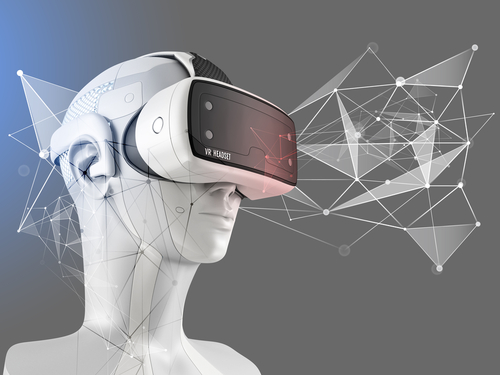University of Nebraska Students Help Create VR Game for Cerebral Palsy Therapy

A team of students at the University of Nebraska-Lincoln helped to design a virtual reality (VR) game intended to assist with physical therapy for children with cerebral palsy (CP).
They partnered with the University of Nebraska Medical Center Munroe-Meyer Institute to create the game for their senior capstone project.
The project is based on hand-arm bimanual intensive therapy, or HABIT, which was designed for children with CP who have hemiplegia — when one half of the body is more affected than the other. HABIT is intended to promote the use of both hands and arms simultaneously, and it has been shown to be effective at improving hand use on both sides of the body.
“This is a green light therapy that’s been proven to work for individuals, but one of the major limitations is that because it’s so long and we’re working with kids, it can be hard to keep their engagement. We’re hoping this [game] helps improve that,” James Gehringer, PhD, who sponsored the project, said in a news story. Gehringer is an assistant research professor in the Department of Physical Therapy at the university.
The basic idea behind the project was to design a VR game in which participants had to perform HABIT-like exercises to win. Many of these exercises are meant to emulate day-to-day activities, such as getting dressed or preparing food.
The students’ original idea was to create a virtual escape room, where players had to perform these exercises to escape. This idea was then expanded into a multi-room game with a built-in narrative, as well as additional mini games and puzzles.
The game is programmed to change randomly on each play-through. It can also be manually adjusted to suit individual patients’ needs, and a therapist-oriented user interface allows therapists to tailor the game to the patient, both before and during the play session.
“There are a lot of accessibility features we considered,” said Ethan Penn, one of the students who designed the game. “The therapist can change how many blocks they have to put into the reactor before they win, the range of movements that are allowable, how precise they have to be. Some people may have problems pressing the back trigger, and in cases when that can’t be done, there are other options.”
Once the game was developed, it was shared with therapists, who allowed children with CP to play-test the game during therapy sessions. According to Gehringer, the therapists’ feedback has been very positive, and children enjoy playing the game itself.
“The kids don’t want to leave,” Gehringer said. “They don’t want to take the headsets off.”
The game is being offered as part of a 10-day HABIT camp set to take place in August. Gehringer hopes it might also be integrated into regular physical therapy sessions in the future.
“It’s come together very well and it’s going to do a lot of good for the kids,” Gehringer said. “These guys shot for the stars and built such a great project.”


